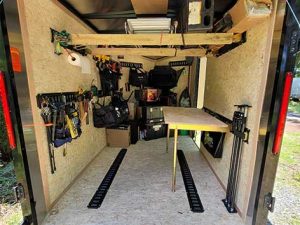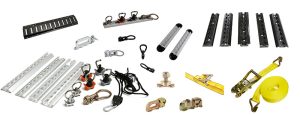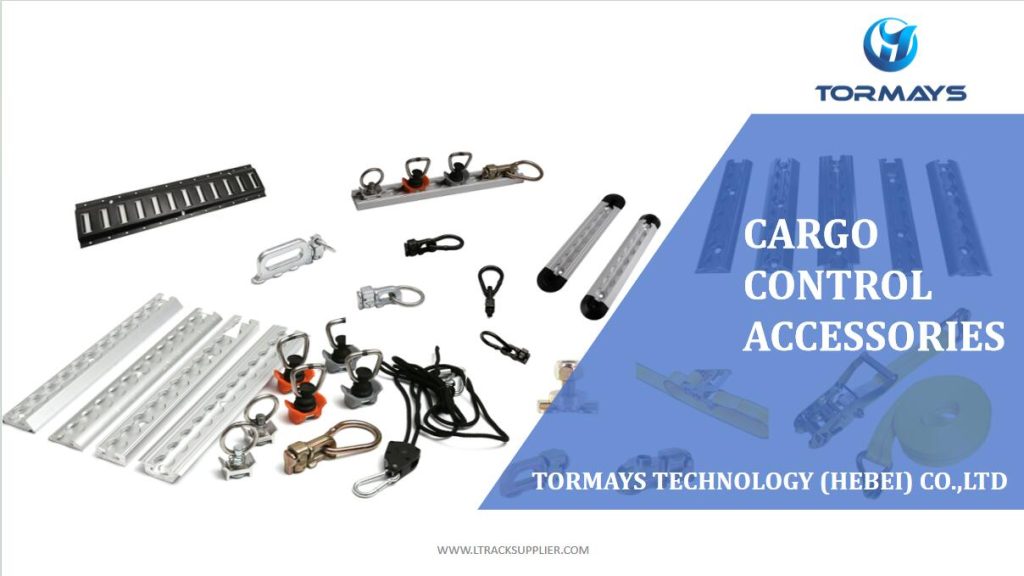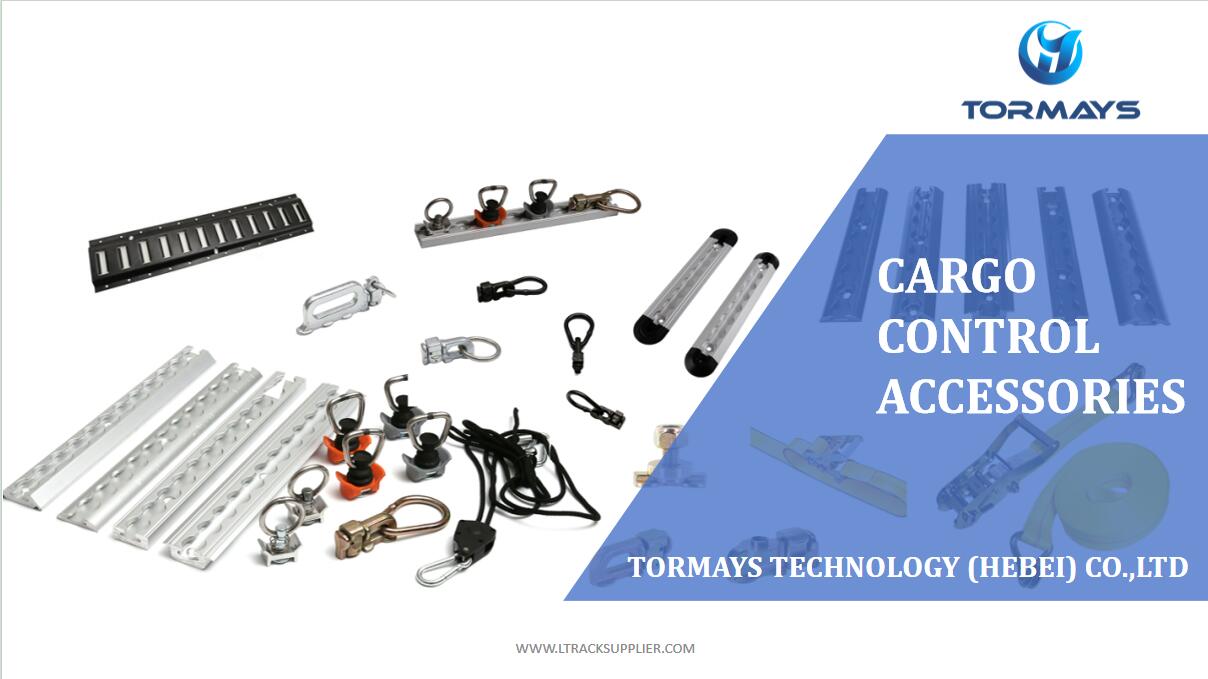Creating accessible spaces isn’t just a legal requirement — it’s also a vital step toward inclusion. Disabled ramps play a crucial role in ensuring that people with mobility challenges can navigate buildings and spaces with ease. Whether you’re installing a ramp at home, at a business, or in a public area, understanding the different types, requirements, and benefits is essential.
In this blog, we’ll dive into everything related to disabled ramps, covering all the key features, from ADA-compliant ramps to portable wheelchair ramps. If you’re planning to make your space more inclusive, read on!
What is a Disabled Ramp?
A disabled ramp is an inclined surface that allows people with mobility aids like wheelchairs or walkers to access spaces that would otherwise require the use of stairs. Ramps are essential components of universal design, ensuring that everyone — including those with disabilities — can access both indoor and outdoor areas with ease.
Disabled ramps are also known as wheelchair ramps and come in various shapes, sizes, and materials, such as aluminum wheelchair ramps or modular systems. Some are permanent installations, while others are portable wheelchair ramps that can be folded or moved for temporary use.
ADA Compliance and Accessibility Standards
In the U.S., the Americans with Disabilities Act (ADA) sets the guidelines for how ramps must be built to ensure accessibility. An ADA-compliant ramp must meet specific criteria, including:
A maximum incline ratio for ramps of 1:12 (meaning 1 inch of rise for every 12 inches of run).
A minimum width of 36 inches between handrails.
Handrails on both sides if the ramp rises more than 6 inches.
Anti-slip surfaces to ensure safety.
Following these standards ensures that your ramp is accessible to all, including wheelchair users and people with other mobility challenges.
Types of Disabled Ramps
There are many different types of mobility ramps available, each designed for specific needs and environments. Let’s explore the most common options:
1. Permanent Wheelchair Ramps
These ramps are designed for long-term use and are usually found in commercial access ramps or at home entrances. They are built from sturdy materials like aluminum or concrete and follow strict accessibility guidelines.
2. Portable Wheelchair Ramps
For temporary needs, portable ramps are an excellent solution. These folding ramps can be easily transported and set up wherever needed, making them ideal for travel or events.
3. Threshold Ramps
Threshold ramps are small, lightweight ramps designed to provide access over doorways or small steps. They are perfect for indoor use or to bridge the gap between rooms with slightly different floor levels.
4. Modular Ramp Systems
Modular ramps consist of several components that can be assembled to fit various spaces. They’re ideal for locations where a custom design is needed and can often be adjusted or expanded over time.
5. Outdoor Wheelchair Ramps
Outdoor ramps are built to withstand weather conditions. They feature anti-slip ramp surfaces to prevent accidents during rain or snow and are often constructed with materials like aluminum or treated wood.
Key Features of an Ideal Disabled Ramp
When choosing or designing a disabled ramp, it’s essential to keep the following factors in mind:
1. Incline Ratio for Ramps
The slope of the ramp is crucial. A gradual incline ensures that users don’t need excessive effort to ascend. The ADA recommends a slope ratio of 1:12, but adjustable slope ramps can provide more flexibility in specific cases.
2. Ramp Handrails
Handrails on both sides offer extra support, especially for users who need assistance while walking. Ramp handrails are mandatory for any ramp with a rise of 6 inches or more.
3. Anti-Slip Ramp Surface
Safety is paramount, particularly on outdoor ramps. Anti-slip surfaces help prevent falls, especially in wet or icy conditions.
4. Folding and Portable Options
Folding ramps or portable wheelchair ramps are ideal for those who need temporary solutions. They are easy to store and transport, offering flexibility for both personal and public use.
Where to Use Disabled Ramps
Access ramps for disabled users are essential in various settings, ensuring freedom of movement and accessibility. Here are some common places where ramps are needed:
Homes: For individuals with mobility challenges, installing a permanent wheelchair ramp at the front or back entrance ensures easy access.
Public Spaces: Parks, museums, and libraries must have ADA-compliant ramps to allow everyone access.
Businesses: Commercial access ramps at stores, restaurants, and offices ensure compliance with the ADA and provide a welcoming experience for all customers.
Events: Temporary or portable wheelchair ramps are perfect for concerts, conferences, and other events to accommodate all attendees.
The Benefits of Barrier-Free Design
Incorporating barrier-free ramps into homes, businesses, and public spaces offers several benefits:
Increased Independence: People with mobility challenges can move freely without needing assistance.
Compliance with Regulations: Meeting ADA standards avoids legal issues and promotes a positive public image.
Inclusivity: Providing equal access ensures that everyone, regardless of ability, feels welcome and included.
Enhanced Safety: Features like anti-slip ramp surfaces and handrails reduce the risk of accidents.
How to Choose the Right Ramp
When selecting a disabled ramp, it’s important to consider the specific needs of the users and the environment. Here are some factors to keep in mind:
Slope and Length: Ensure the incline ratio is manageable for wheelchair users.
Material: Choose durable materials like aluminum wheelchair ramps for outdoor use.
Portability: Opt for folding ramps or portable wheelchair ramps if you need a temporary solution.
Location: Determine whether you need a permanent or temporary wheelchair ramp, and whether it will be used indoors or outdoors.
Final Thoughts
Disabled ramps are more than just physical structures — they symbolize freedom, inclusion, and safety. Whether it’s a permanent wheelchair ramp at home, a modular ramp system at a public venue, or a portable wheelchair ramp for temporary use, these ramps provide essential access to everyone.
By ensuring that ramps meet ADA requirements with features like anti-slip surfaces, handrails, and appropriate incline ratios, you’ll create a more accessible and welcoming environment for all.
Investing in quality ramps not only ensures compliance with ADA standards but also promotes independence, safety, and inclusion. Whether you’re planning to install a commercial access ramp or a threshold ramp for a small step, every ramp makes a difference.
Ready to make your space accessible? Choose the right disabled ramp today and create an inclusive environment for all visitors!







